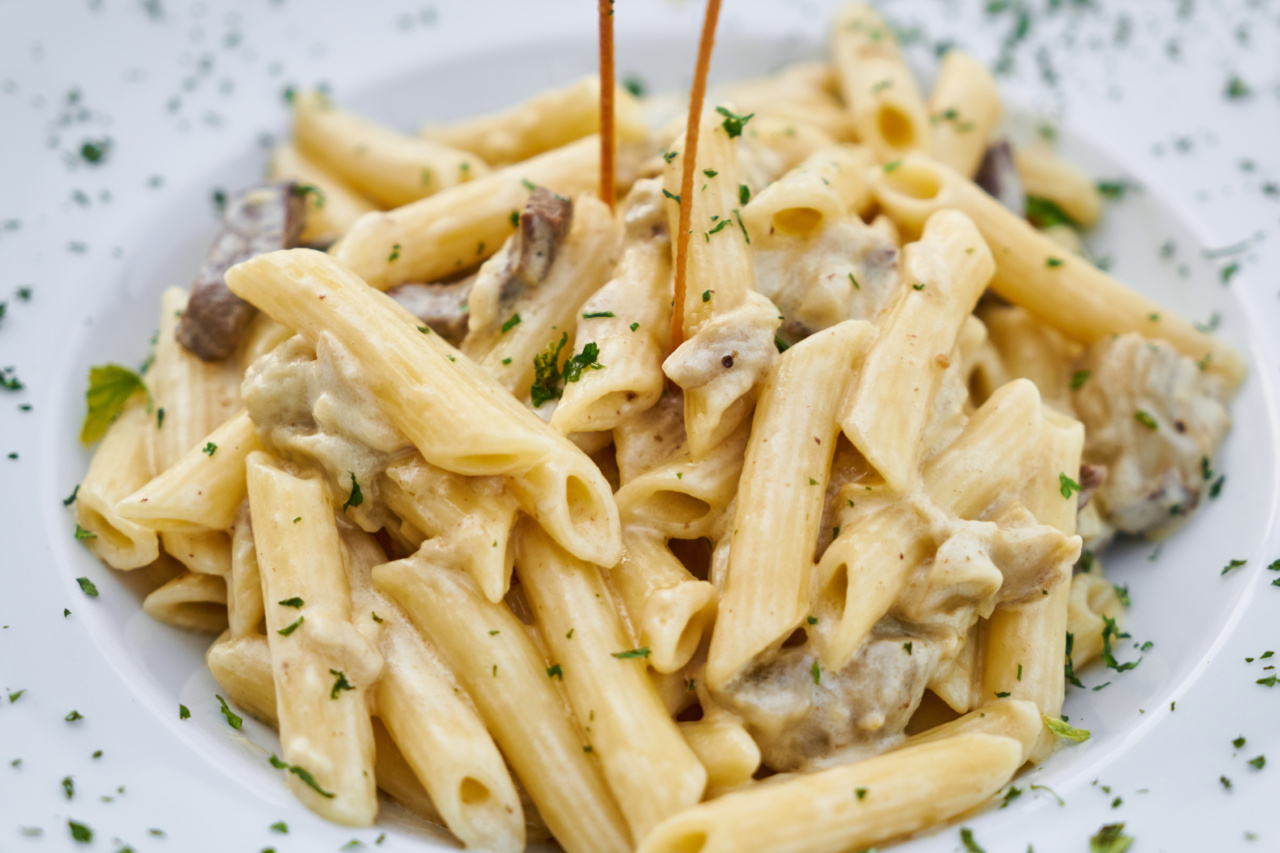White meat is a type of meat that is relatively low in fat and calories and often recommended as a healthier option compared to red meat.
This type of meat comes from the muscles of chickens, turkeys, ducks, and other birds as well as some fish and seafood. The term “white meat” is used to distinguish these types of meat from “red meat,” which comes from mammals such as cows, pigs, and sheep.
Types of White Meat
There are several types of white meat, including:.
- Chicken: Chicken is one of the most commonly consumed types of white meat. It is versatile and can be prepared in a variety of ways, such as grilled, baked, fried, or roasted.
- Turkey: Turkey is another popular type of white meat. It is often served during holidays like Thanksgiving and Christmas but can be enjoyed year-round.
- Duck: Duck meat is darker and richer than chicken or turkey. It is often served in restaurants and can be prepared in a variety of ways.
- Some types of fish and seafood: Certain types of fish and seafood, such as cod, tilapia, and shrimp, are considered white meat. They are low in fat and calories and a good source of protein.
Nutritional Benefits of White Meat
White meat is often recommended as a healthier alternative to red meat because it is generally lower in calories, fat, and cholesterol.
It is also a good source of protein, which is essential for building and repairing muscles and other tissues in the body.
Chicken, for example, is a good source of niacin, vitamin B6, and selenium. It also contains some iron and zinc. Turkey is also a good source of protein and is high in tryptophan, an amino acid that is thought to help reduce stress and improve mood.
Duck meat is high in protein, iron, and zinc, as well as other nutrients like vitamin B12, vitamin B6, and niacin.
Some types of fish and seafood, such as cod and tilapia, are low in calories and fat but high in protein, vitamin D, and omega-3 fatty acids, which are important for heart health.
Potential Drawbacks of White Meat
While white meat is generally considered a healthy option, there are some potential drawbacks to consider. For example, some types of white meat, such as chicken and turkey, can be high in sodium when prepared with added salt or seasonings.
Fried or processed white meat products, such as chicken nuggets or deli meats, may also be high in saturated fat and other unhealthy additives.
It is also important to note that not all white meat is created equal. For example, some types of fish and seafood, such as shrimp or crab, may be higher in cholesterol than others.
It is important to choose lean sources of white meat whenever possible and to prepare them in healthy ways, such as baking, grilling, or poaching.
How to Incorporate White Meat into Your Diet
There are many ways to incorporate white meat into your diet, regardless of your dietary preferences or restrictions. Here are some ideas:.
- Choose grilled or baked chicken or fish over fried options.
- Replace red meat with white meat in your favorite recipes, such as stir-fry or chili.
- Add chicken or turkey to your salad or sandwich instead of deli meats.
- Try different types of white meat, such as duck or seafood, for variety.
Conclusion
White meat is a type of meat that comes from birds and some types of fish and seafood.
It is generally considered a healthier option compared to red meat because it is lower in calories, fat, and cholesterol but still provides important nutrients like protein and minerals. To reap the benefits of white meat, it is important to choose lean sources and prepare them in healthy ways. By incorporating white meat into your diet, you can still enjoy flavorful and satisfying meals while promoting a healthy lifestyle.



























